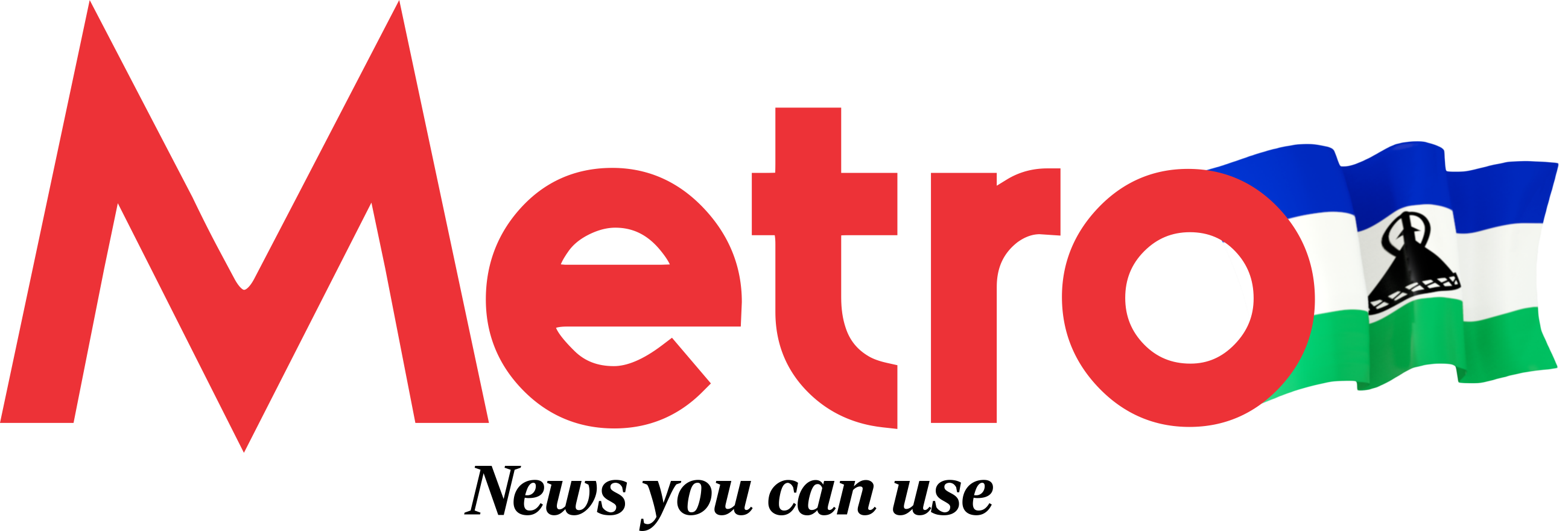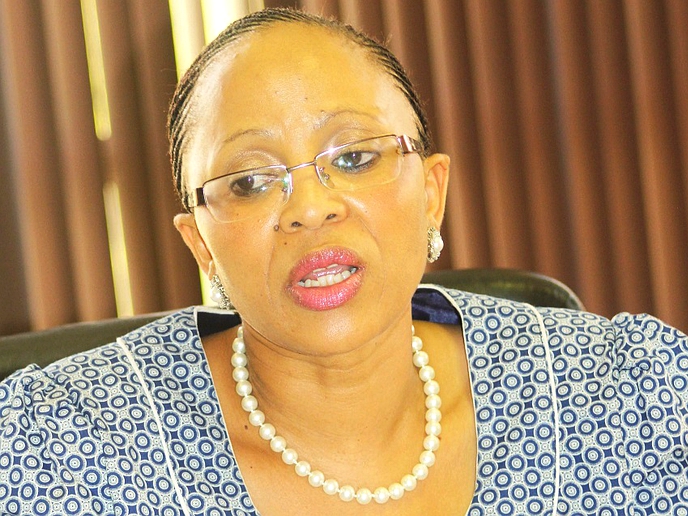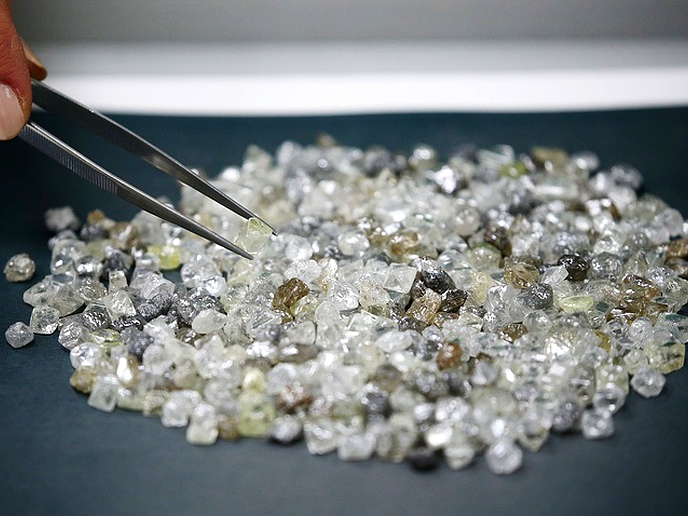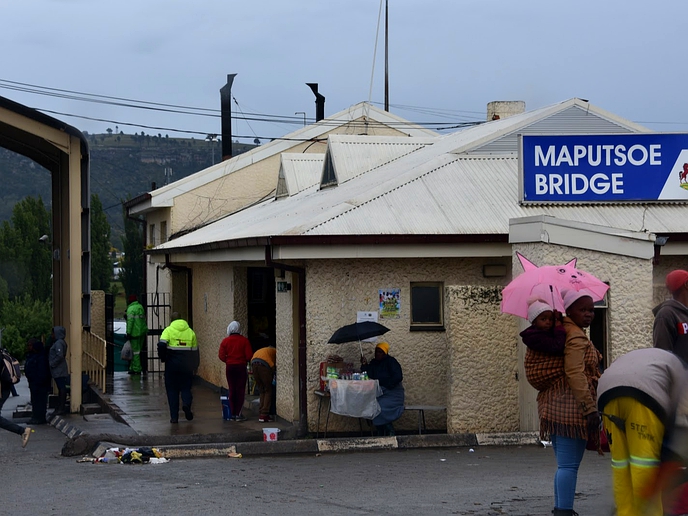MASERU - Tough times lie ahead of Lesotho’s economy as the rate of inflation is expected to keep rising until 2022. That means consumers should prepare for a continuous increase in the cost of living as the prices of goods and services rise while the value of money further declines.
business
July 30, 2020
NEO SENOKO
3 min read
Tough times ahead in Lesotho’s economy
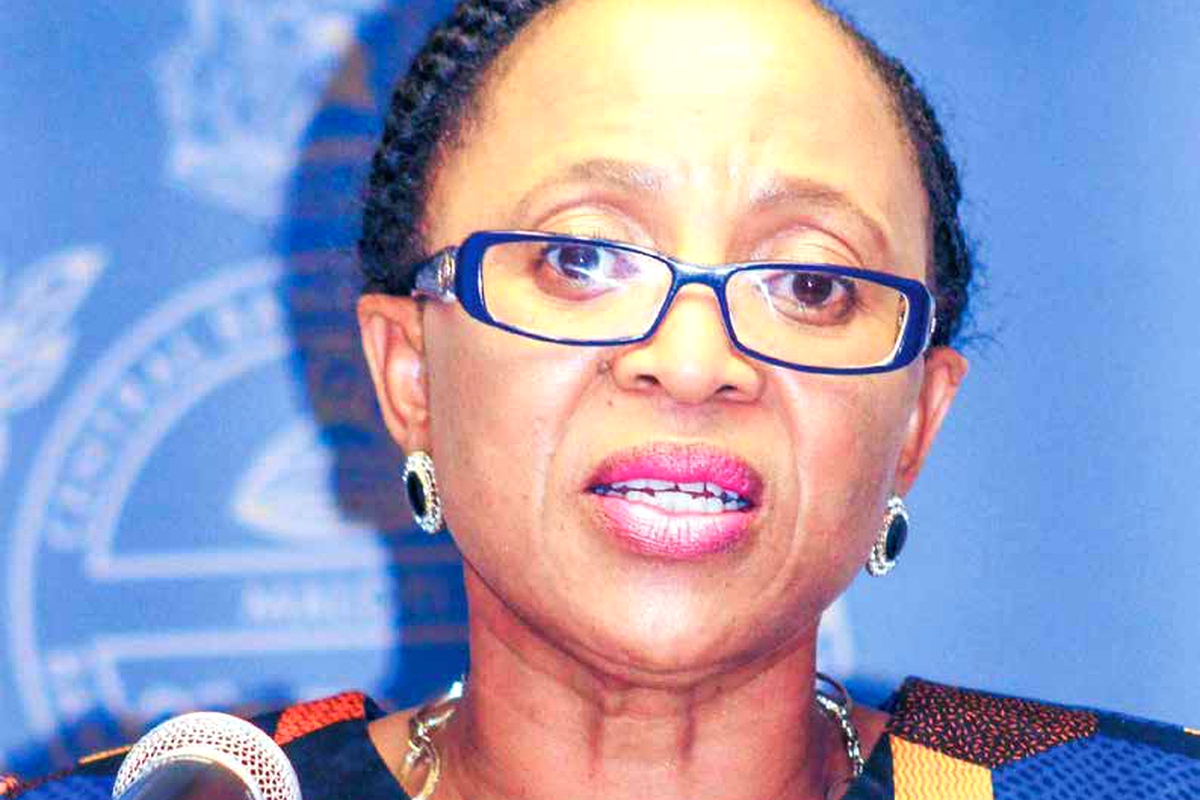
CONCERNED: CBL Governor Dr Retšelisitsoe Matlanyane
This was reported by the Central Bank of Lesotho (CBL) on Tuesday through its Monetary Policy Committee (MPC) that the rate of inflation increased from 4.0 per cent in May to 4.9 per cent in June. This, the MPC says was mainly due to an increase in the prices of food and non-alcoholic beverages, clothing and footwear, furnishings, household equipment and routine maintenance of the house, recreation and culture, education and alcohol and tobacco.
In terms of the outlook, the annual inflation rate is projected to register 4.2 percent in 2020 before increasing to 4.7 percent and 5.2 percent in 2021 and 2022 respectively. The outbreak of Coronavirus pandemic has been labelled as one of the major economic setbacks not only in Lesotho but across the globe.
“The outbreak of the coronavirus pandemic continues to devastate communities and disrupt economic activities in many countries across the globe, more especially in major and developing economies.
“While Lesotho was the last country to register confirmed cases on the continent, the number of infections is rising exponentially and threatening to put pressure on the healthcare system. “Sadly, fatalities have also started to pick up. Indications are that the worst of the pandemic is still ahead,” the CBL Governor Dr Retšelisitsoe Matlanyane said on Tuesday when publicising the MPC statement.
The MPC notes that general economic performance in the second quarter remained weak, with output declining by 1.2 percent in May relative to 1.3 percent decrease in April. The decline reflected restricted domestic and international economic activity due to lockdowns, it says. With the annual inflation projection of 4.2 percent this year, domestic economy is also projected to contract by 5.7 percent in 2020.
“The output contraction is expected to be led by a decline in economic activity in the textile and clothing industry (-25.4 percent), construction industry (-20.9 per cent) and mining industry (-27.6 percent),” Matlanyane revealed.
Enjoy our daily newsletter from today
Access exclusive newsletters, along with previews of new media releases.
The domestic economy is however, projected to slightly recover in the medium-term and grow at an average growth rate of 5.1 percent over the period 2021-2022. The growth recovery, Matlanyane said is conditional on developments related to Covid-19 containment. The recovery will also come largely at the back of a strong rebound in the mining and construction industries and other domestic policy responses to the pandemic. To support the dwindling economy, the CBL has taken various measures that include cutting its policy rate from 6.25 in March to 3.75 in May.
The rate has recently been cut again from 3.75 to 3.50 percent per annum. Set at this level, the CBL emphasised that the rate will ensure that the domestic cost of borrowing and lending remain aligned with the cost of funds elsewhere in the region. The Net International Reserves (NIR) floor has also been increased from US$530 million to US$550 million. The NIR target remains consistent with the maintenance of the exchange rate peg between the loti and the South African rand.
Tailored for you

